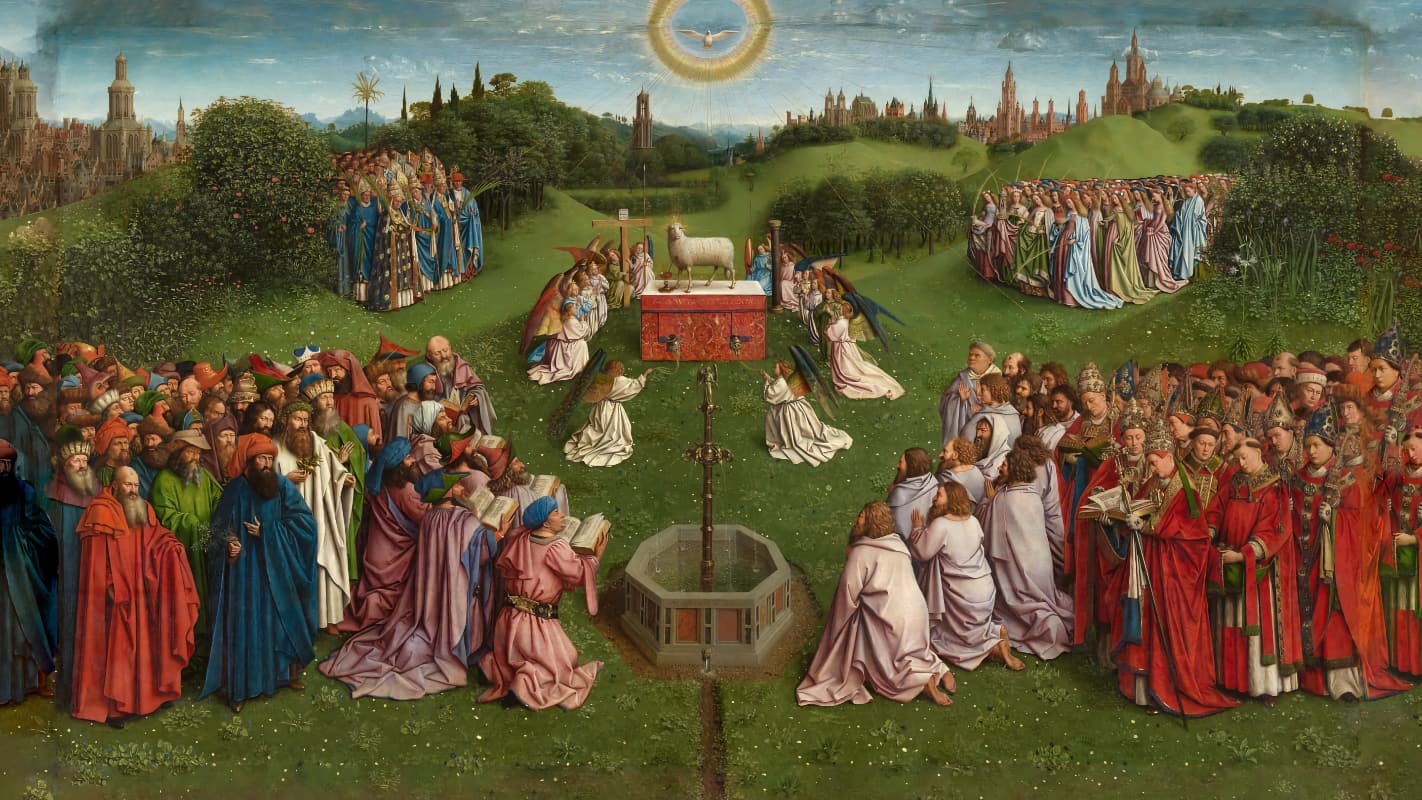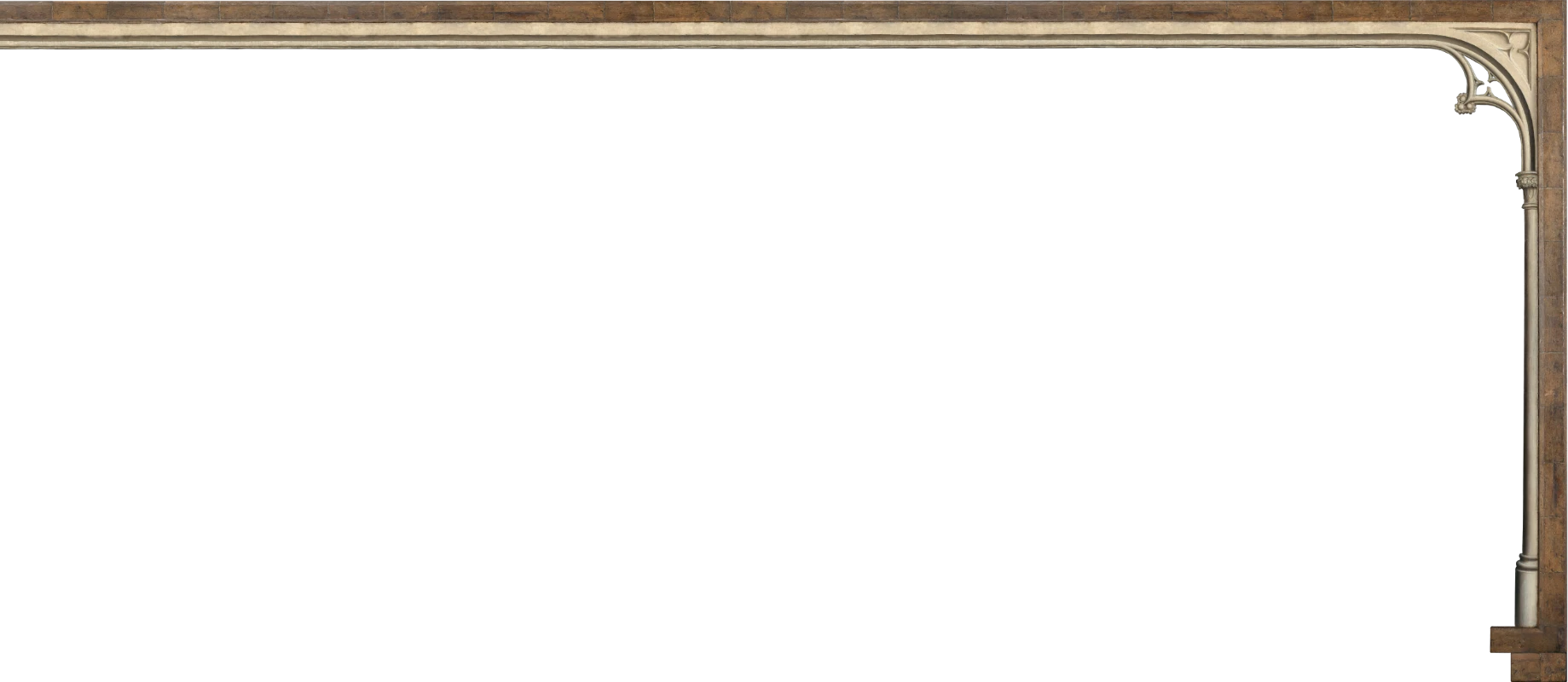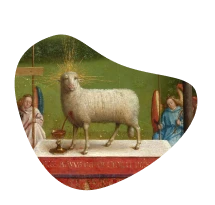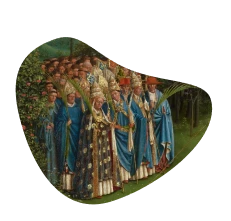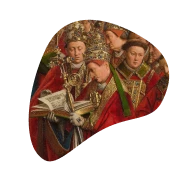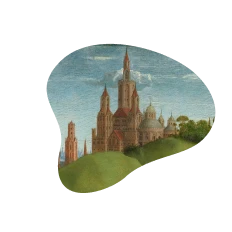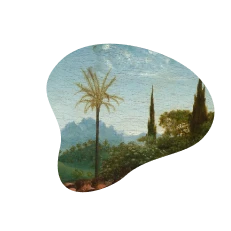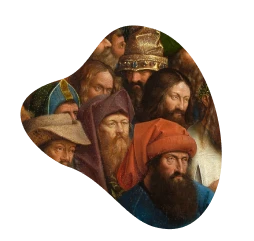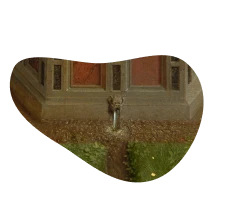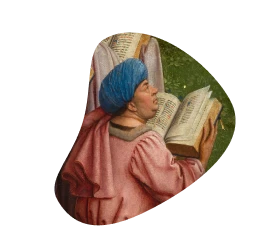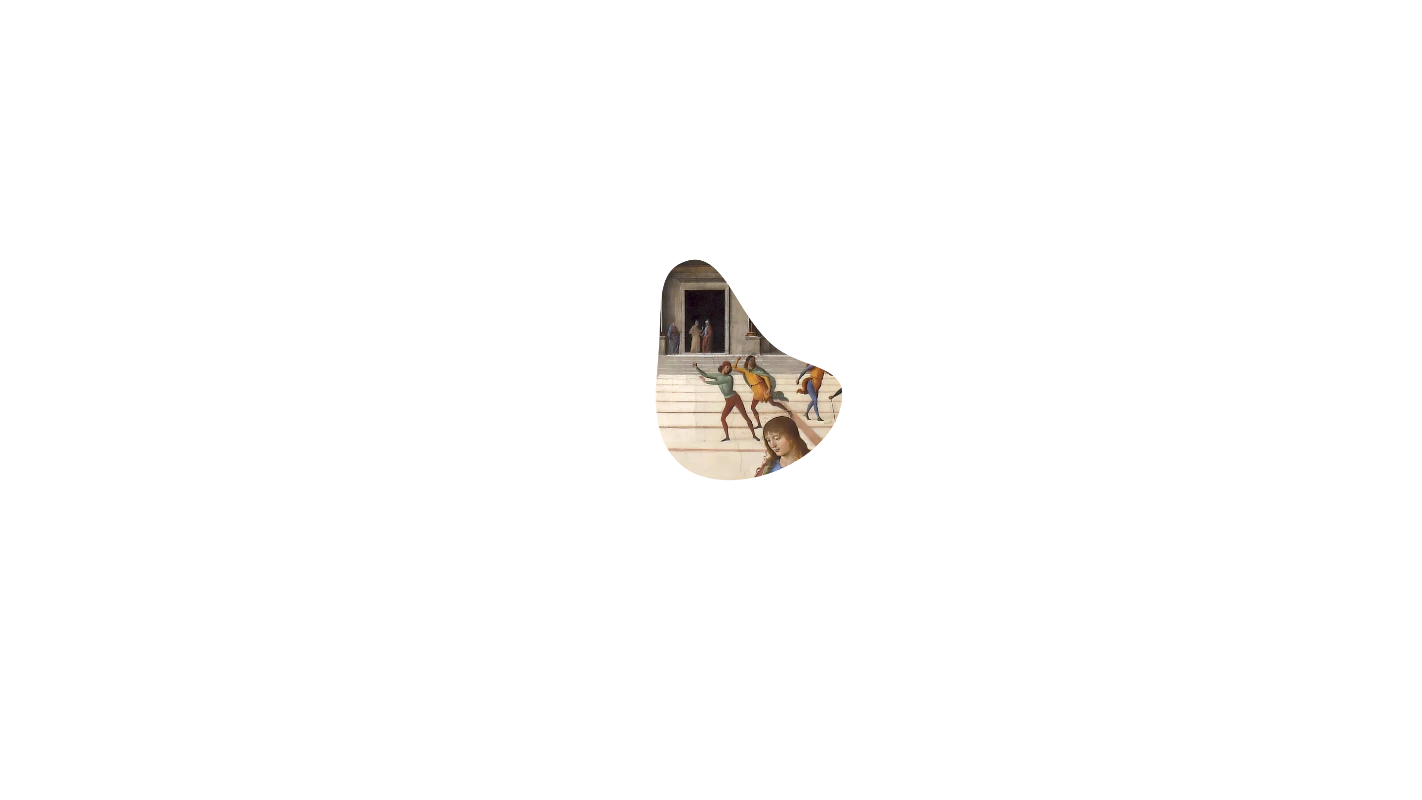There were at least 31 mass settings based on the “L’homme armé” melody in the Renaissance period by composers including Dufay, Ockeghem, Busnois (who was said, by Pietro Aaron in 1523, to have been the original composer of the song), Regis, Tinctoris, Obrecht, Brumel, Mouton, Palestrina, Cristóbal de Morales, and many others. The series was finally closed in the seventeenth century by Giacomo Carissimi, who crowned the tradition with a twelve-voice work.

The earliest reliable source of the “L’homme armé” melody is a late–fifteenth century manuscript in Naples, which contains six anonymous masses based on the song alongside the song itself. The text, which possibly refers to a crusade against the Turks, may be translated:
“Fear the armed man. Word has gone out that everyone should arm himself with a haubregon of iron [a sleeveless coat of mail].”
At first hearing, one might guess that Josquin’s Missa L’homme armé super voces musicales was a medieval composition and worlds apart from his second setting based on the tune, Missa L’homme armé sexti toni, which seems like a mature Renaissance work. In fact, the manuscript evidence is that they were probably both from Josquin’s so-called middle period, which ended around the year 1500, though it is assumed that Super voces musicales was written first. They were both printed in Ottaviano Petrucci’s Missarum Josquin in 1502.
The title Super voces musicales indicates that the “L’homme armé” melody is quoted in turn on every note of the hexachord. This ascent of the melody starts on C in the Kyrie, proceeds to D in the Gloria, to E in the Credo, F in the Sanctus (given again, complete, in both “Hosannas”), G in the first Agnus Dei (incomplete) and A in the third (by which time it has at last become too high for the tenors to sing and has been transferred to the top part). The only sections to be completely free of the tune are “Pleni sunt caeli” in the Sanctus, the Benedictus, and the second Agnus Dei.
Its mathematic complexity made Super voces musicales one of the most famous of Josquin’s mass settings in the 16th century.
The two latter sections are mensuration canons for two and three voices respectively: here the voice parts start the same melody at the same time but proceed at different speeds. It was this level of sophistication that made Super voces musicales by far the most famous of Josquin’s mass settings in the 16th century, even having the unique honor of an intarsiated version: the Agnus Dei II was inlaid in the choirstalls of San Sisto in Piacenza. And it was the complexity of this section that was most talked about, not least by Glarean. A composer could write the most beautiful series of chords to the most affecting words in the mass and have this ignored if he had also written a mensuration canon nearby. They thought differently then about how to access God.

The second halves of the Gloria and Credo (beginning at “Qui tollis” and “Et incarnatus est”) are based on the melody in strict retrograde, with the Credo containing one more statement of the melody, the right way round, from “Confiteor” in a syncopated rhythm. It is because the mathematical framework in this mass is more apparent than in Sexti toni that it sounds the more old-fashioned of the two. Also untypical of late-Renaissance music is Josquin’s decision to write here for four voice parts which continuously overlap each other: the top part low, the bottom part high and the two in the middle of roughly complementary ranges. But there can be no doubt that he knew exactly what he was doing, for the characteristically dense texture of this mass is just as expressive, though in a different way, as the rather widely spread writing in Sexti toni.
© Peter Phillips / Gimell Records
